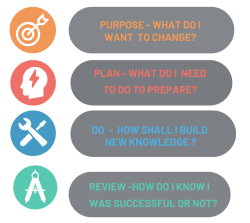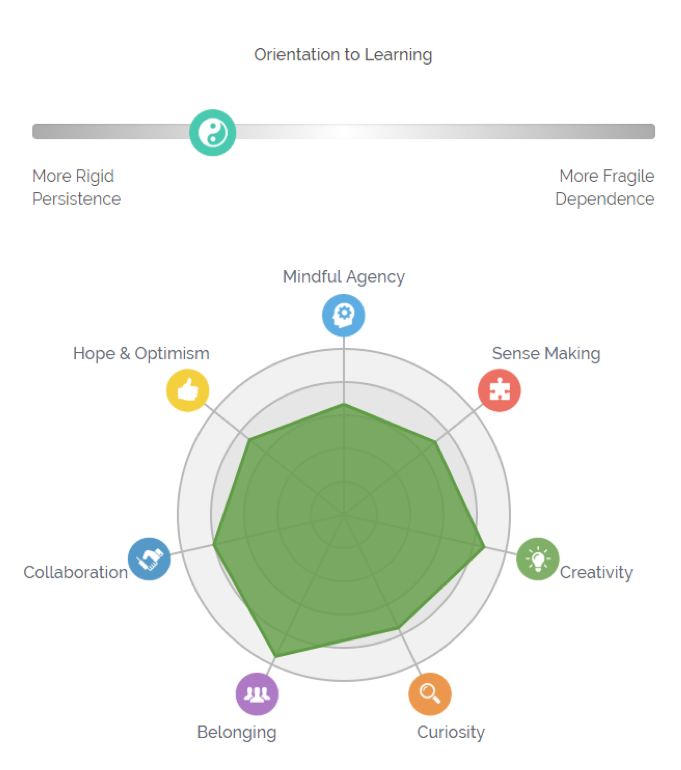
Life is full of learning experiences and opportunities. We learn at school, at home, in the workplace, and in the community. It can be useful to think about how we learn as a journey. Like any journey, you’re directing the course. There is a starting point, a destination and waypoints along the way. There are also tools that can help you navigate the terrain and you need fuel to keep you going.
Thinking about learning in this way can help you achieve your goal or aim, and improve the way you learn. There are four steps in a learning journey:
Purpose
The first step in a learning journey is to find your purpose. It’s a good idea to ask yourself why you are doing something. Understanding the reason behind your actions will set you on a clear Learning Journeys path. Ask yourself what you want to achieve.
Plan
The next step is to figure out where you are in your journey and discover ways you can move forward. This is where your Learning Power comes into play. Learning Power is like the fuel that drives you on your learning journey. Learning Power improves your potential to succeed. To understand your unique Learning Power you can answer questions about how you think, feel and behave when you are learning. How you answer these questions will generate your Learning Power Profile.
Your Learning Power Profile is displayed in the form of a spider diagram as well as an orientation to learning indicator. It presents quantitative data about the dimensions of Learning Power. You can use your Learning Power Profile to grow your awareness around the way you learn and to develop your ability to work towards achieving your goal or purpose. Here is an example of a Learning Power Profile and the Orientation to Learning Indicator:

Once you have diagnosed your own Learning Power and received your Learning Power Profile you’re ready to use it as a framework to plan the direction of your learning journey. How can you use your profile to improve the way you learn? How can you build your learning power? Was there one specific learning dimension you want to focus on? How can the dimensions you’re strong in help you in the areas you want to grow? Understanding how you learn, what you’re good at and how you can improve means you can now take the necessary steps to achieve success.
There are several resources to help you figure out what does my Learning Power profile mean?
Do
Now it’s time to put your plan into action, and often this will mean doing something different. While moving forward on your learning journey, navigating the terrain and working towards your goal, you might discover new ways of doing things, be exposed to new ideas and/or change your approach to old problems. It’s all about using your Learning Power to fuel purposeful and meaningful action.
Review
It’s also important to keep track of your progress throughout your learning journey in order to see how you’ve changed. When you feel you’ve developed throughout your learning journey you can complete your Learning Power Profile again, and then reflect again on what it might be telling you.
Take time to think about what you’ve learned. What new knowledge have you generated? Have you met the targets you set yourself? Has your learning power improved? Can you show any evidence of your progress? And how have you changed as a result of your learning journey?
Don't forget...
The profile provided by Learning Journeys is contextual – that means your Learning Power Profile is determined by your perception of yourself at a point in time and in relation to the learning context (or contexts) in your mind at that time. The tool reflects changes in your perception of yourself as a learner and/or changes in your learning context. This means that learning facilitators and coaches can support you with strategies that improve your learning power.


